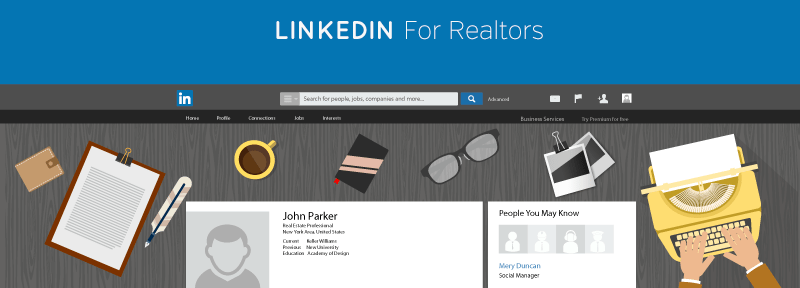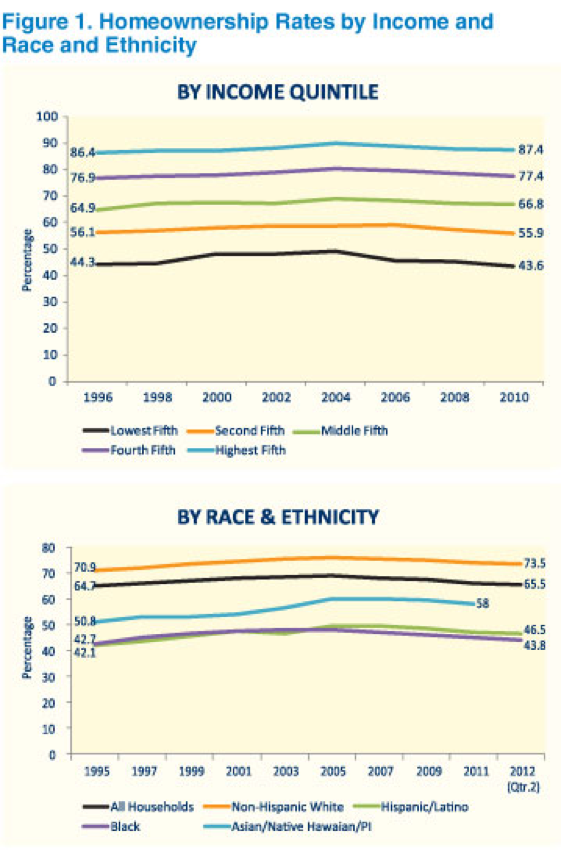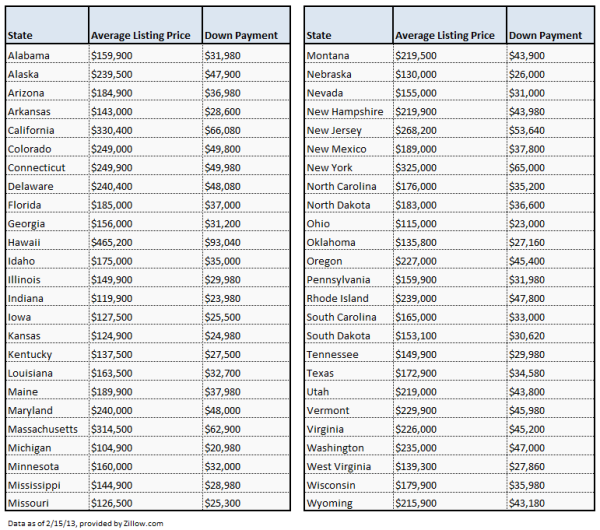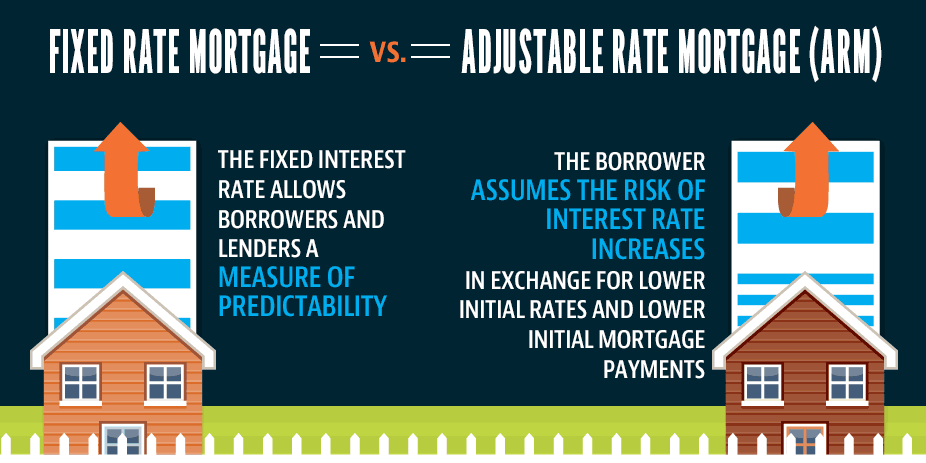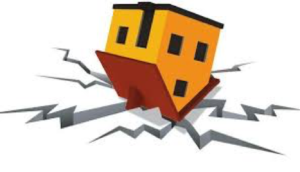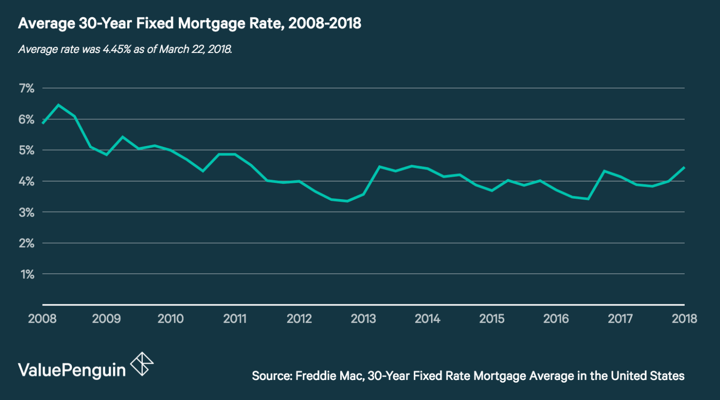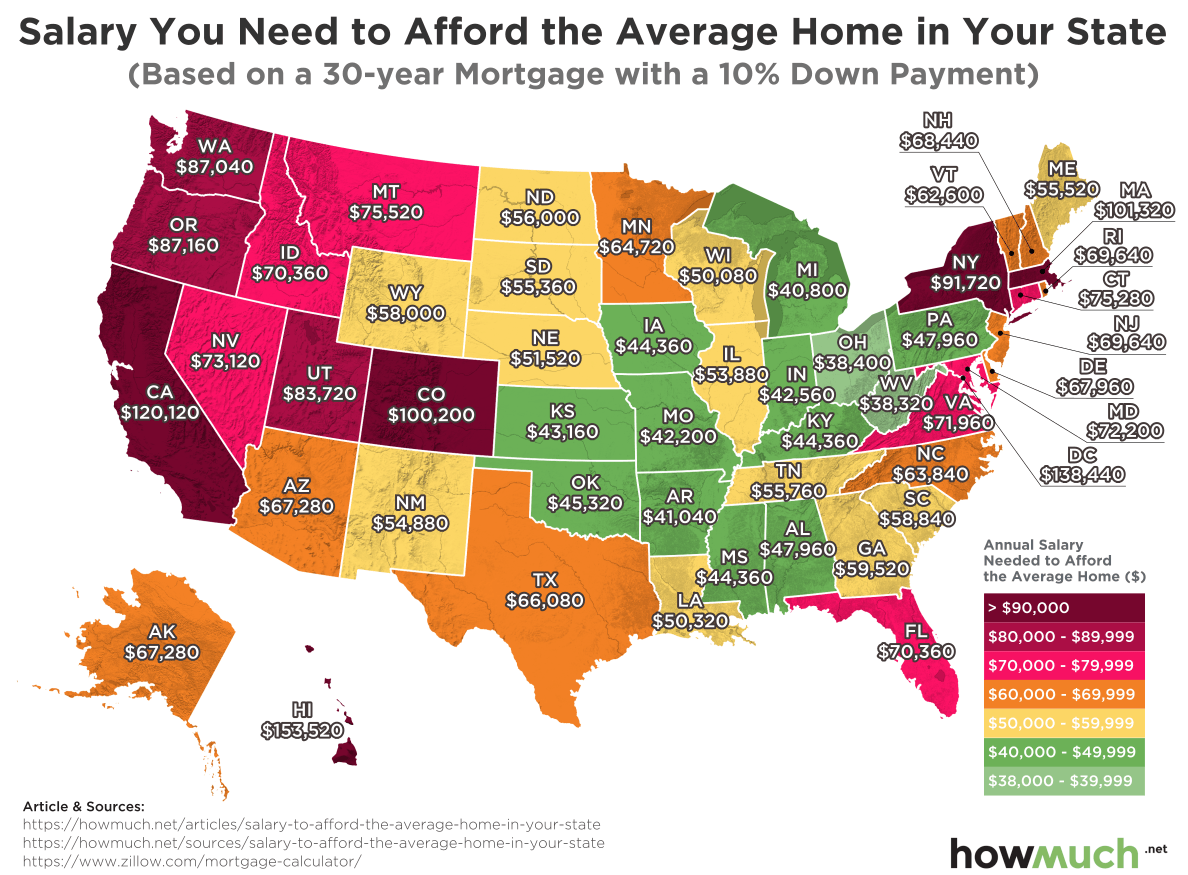New Homeowners: 7 Tips to Save Money on Your Move
https://www.c4dcrew.com/wp-content/uploads/2019/05/CONTRACT-FOR-DEED_-PROS-AND-CONS-2.png 1000 500 Sam Radbil Sam Radbil https://secure.gravatar.com/avatar/c8f81a032b93592f72744c525214f92a?s=96&d=mm&r=gWhile settling into a new contract for deed home can be very exciting, it seems that the moving on a budget part is often a stressful experience. Aside from the stress of the actual move, switching up your location can be hard on the wallet too, especially for new homeowners. Financial stress can wreak havoc on your move, so here are seven tips stay within your budget and even well below it!
#1: Move During the Off Season
If you want to use a moving company, they will be the busiest during the spring or summer months, particularly on the weekends at the beginning and end of each month. Making some changes to switch to a less popular date or time could save you a substantial amount when moving on a budget.
#2: Check the Cost of Shipping Your Stuff
Depending on the number of boxes you have and how far they must travel, using snail mail might be more cost-effective than hiring a mover. Do your research to find out what will work best for you and your stuff, which could even end up being a hybrid of a few options such as hiring movers, shipping, renting a truck, or just moving it yourself.
If you’re flying, you might consider taking a peak at the best checked luggage options, to make an educated decision.
#3: Eliminate the Stuff You Don’t Need
The less stuff you have, the easier your move will be. With that in mind, take stock of all your belongings before you pack them up. Ask yourself, do I really need this? If not, you can donate it to your local thrift store, or even host a garage sale if you have enough items to sell. You will thank yourself later when you have to unpack fewer boxes at your new place!
#4: Find Free Boxes
There are so many free cardboard boxes out there; you just need to know where to find them. Rather than purchase new moving boxes, going around to retail stores, schools, offices or even liquor stores to gather boxes will save you a lot of money. Many of those businesses will be happy to give away boxes, as they were going to be broken down and recycled anyway.
#5: Throw a Packing Party
Moving is inherently stressful, but there’s nothing that cures stress like letting loose and having a party! Infusing boring activities with excitement will make your moving experience far more enjoyable. Making some of your favorite snacks, curating the perfect playlist, inviting your best friends over and ensuring there is an enticing reward at the end will turn a seemingly boring chore into a fun-filled day. It can also be a great time to reminisce and say goodbye to the space you’re moving out of, giving closure to those cherished memories.
#6: Use Packing Materials from Around the House
Like buying boxes, buying bubble wrap or packing peanuts is a waste of money (and terrible for the environment too). Instead, use items you already have around the house to protect fragile things. Stuff like magazines, newspapers, blankets or even towels can pull double duty by both protecting your fragile items and saving space by not requiring more boxes to transport themselves. Increasing efficiency is how you decrease cost, so it’s essential to look around your house before pulling out your credit card.
#7: Moving on a Budget by Yourself
Hiring a moving company comes along with a certain peace of mind, but most moves can be easily accomplished without professional help. Call in a few favors from your friends and make a day out of it! Remember, buying a meal for everyone at the end of the day will be much cheaper than renting a truck or employing an entire moving crew.
Final Thoughts
Another option to consider is buying a home that is already furnished, which significantly cuts down on the amount of stuff you need to move. Especially if you are purchasing a vacation home, it is more convenient to purchase fully-furnished. Fractional homes are a great vacation home ownership option that typically come decked out in top notch interior design.
Keeping these tips in mind will certainly help relieve some of the financial stress of moving, but it is important, no matter where or how you’re moving, to make as detailed a plan as possible. Being organized can help decrease stress and make for a happy transition into an exciting new place!









